The Ultimate Guide to Net Promoter Score®
Read More
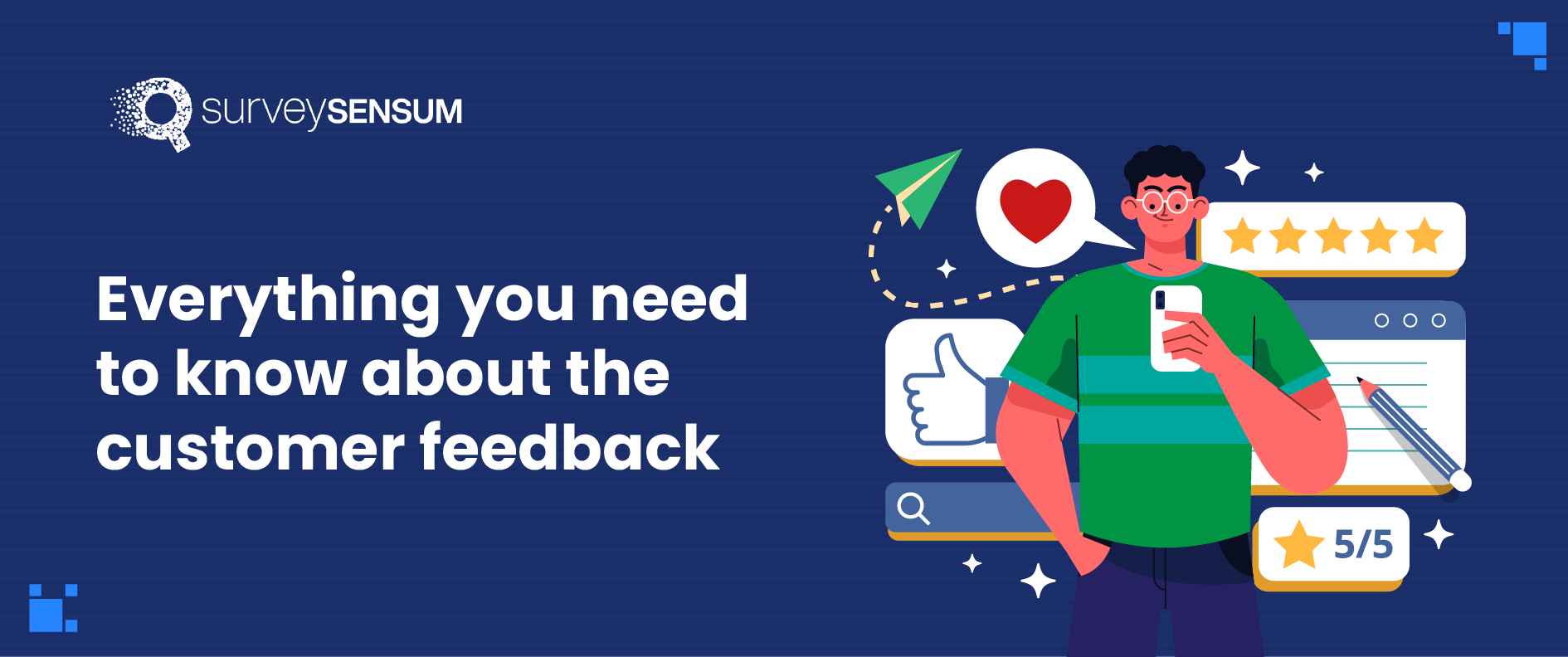
Customer Feedback is important! We all know this. But why? Why is every business focusing and recommending to focus on it? What is it about customer feedback that is helping them improve their services or product? And even if one like to start working on it, what is the first place to start?
Let’s discuss these in this comprehensive article, ‘Everything you need to know about customer feedback.’
Customer feedback is anything that your customer shares with you after interacting with your business or using your product or service.
Customer feedback can be shared in the form of reviews, ratings, and comments on multiple platforms in multiple ways. And it takes several forms. It is not entirely text-driven nor does it come only in the form of multimedia. It is a cluster of all of them, which when combined gives an idea of customer satisfaction and brand loyalty.
From just-launched startups to enterprises that have a continent-spanning presence, every business must gather and analyze customer feedback. Why?
Let’s take an example here. Jenny recently opened a bakery with a bang! People came from all over the town but the footfall decreased after a month or two. Why? How’d she has known it?
Answer – Customer Feedback
Customer feedback helps you understand what you are doing right and what you are doing wrong. It is only by listening to the voice of your customers you’ll know if they are satisfied or not, what is it that they are looking for, what can be improved, and what needs to be maximized!
Now that we know the why, let’s discuss the effective ways to gather customer feedback.
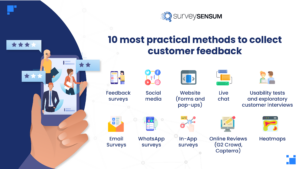
Customer feedback surveys are basically a set of 4-5 questions sent to the customer after their interaction with the brand asking about their experience of it. The surveys can be sent on multiple platforms such as WhatsApp, email, in-app, etc.
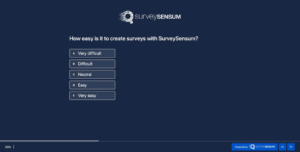
Social media polls and social media listening can help give a clear picture of what customers are feeling and talking about a business. Also, social media channels like Facebook and Twitter have built-in poll tools that help you gather customer feedback. In fact, with advanced tools like text analytics software, it is even possible to figure out whether the feedback that is shared by thousands is positive, negative, or neutral in tone.
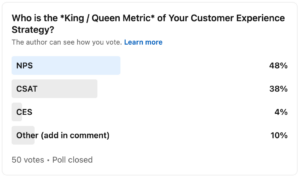
The feedback of the customers or visitors who just visited your website can be gathered via website forms. As soon as they take or are about to take a defined action such as exiting the page, ending the article, filled the contact form, a popup can be shared with them asking for their experience with the website.
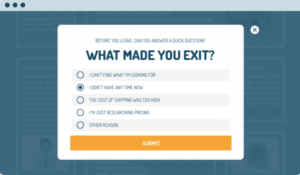
Thanks to the live chat software and chatbots, it is not easy to integrate customer feedback questions at appropriate junctures of the customer journey or on specific pages of the website itself. These help drive contextual customer feedback collection.
Usability testing is another great way to gather customer feedback. Simply ask them to test your product and observe their flow. This will help you identify what can be improved and what not. Also, go for customer interviews. The simplest way to gather customer feedback is to get on a call with them and schedule an interview.
When direct one-to-one interaction with customers is required, emails prove to be a handy medium. After their interaction with you, simply send them an email to understand their experience with your brand. It is one of the most common ways to gather customer feedback as it enables customers to share their feedback in their own time and space.
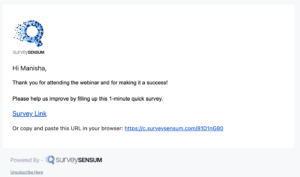
Most survey approaches act like a one-sided conversation — where one person asks and the other person answers. They may not provide the best customer experience. It is here that WhatsApp surveys can make a difference. Since the survey questions are styled more like a conversation, it boosts the response rate. And also, who is not on WhatsApp anymore?
→ How to create WhatsApp surveys in less than 5 minutes?
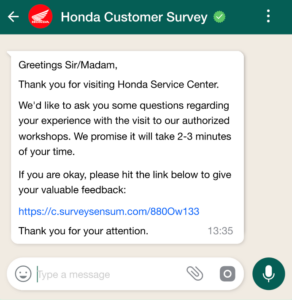
In-app surveys make it possible to collect feedback without forcing customers to leave the app.
They also help collect feedback for specific app features and understand the customer intent with context. They act as on-screen triggers in which users can interact with touch gestures.
Online reviews are the best form of customer feedback. They are the most honest and reliable kind of feedback as the customer only shares their feedback after properly using your product or services. You can gather this feedback from multiple sources such as G2 Crowd, Capterra, Google reviews, and multiple review websites.
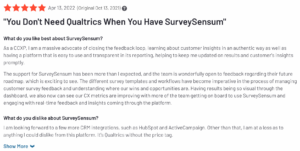
Heatmaps are analytical tools that populate the graphical presentation of user actions on a website or mobile app. They work by tracking the mouse pointer movements, clicks, or touch actions on the interface. Tracking heatmaps help understand whether customers are interacting with a product or service in an intended manner.
Now that we know where to gather customer feedback, let’s talk about the type of customer feedback you can gather from these sources.
Gather Customer Feedback With SurveySensum!
Customers talk about many things such as onboarding, customer service, subscription upgradation, pricing, features, technical difficulties, and more. There are multiple types of customer feedback. It’s time to categorize it.
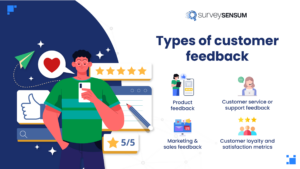
Anything related to the product that your customer has shared with you comes under product feedback. It could be about technical glitches, feature requests, updates, customization, etc.
Customer service wins the customers. Every time you help them over support calls, live chats, feedback emails, or knowledge articles, gather their feedback on the experience they had with you. That comes under customer support feedback.
Before buying your product or service, your customer interacts with your sales rep and marketing campaigns. Gathering marketing and sales feedback helps you improve just that! It tells you how efficient your sales process is and how effectively your marketing campaigns are working.
Customer loyalty metrics tell you how loyal your customers are to your brand, on the other hand, the satisfaction metrics help you gauge their satisfaction level. And these metrics are analyzed by the feedback gathered via NPS and CSAT surveys.
Knowing when to ask for customer feedback is incredibly important. Because customers hate untimely surveys.
So, when should you ask for feedback?
First, map the customer journey. Know how your customers found you, and what path they followed to buy your product. Then, ask the questions post every interaction they have with your brand.
Now the question is – What questions should you ask at each touchpoint? Well, this would help you! 🙂
Taking customer feedback is not enough. You need to use it as well.
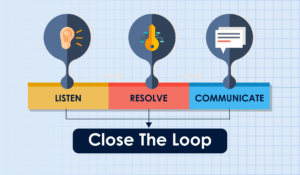
What does closing the feedback loop actually means?
Closing the feedback loop simply means, listening to the customer’s problems, understanding their issues, and resolving them.
When your customers share their feedback with you over a chat, support call, or survey, listening to them is not enough! You need to reach out to those people to understand the issue in detail so that you can take apt action on it and remove it from the call.
So, here is the 5 step process to close the feedback loop.
This simple yet IMPACTFUL process is called closing the feedback loop.
And there is so much more to it!
Now that you are doing all of it, what are the actual benefits of spending time, energy, and other resources on collecting customer feedback? Here are a few!
Launch Your First NPS,CSAT, or CES Survey!
